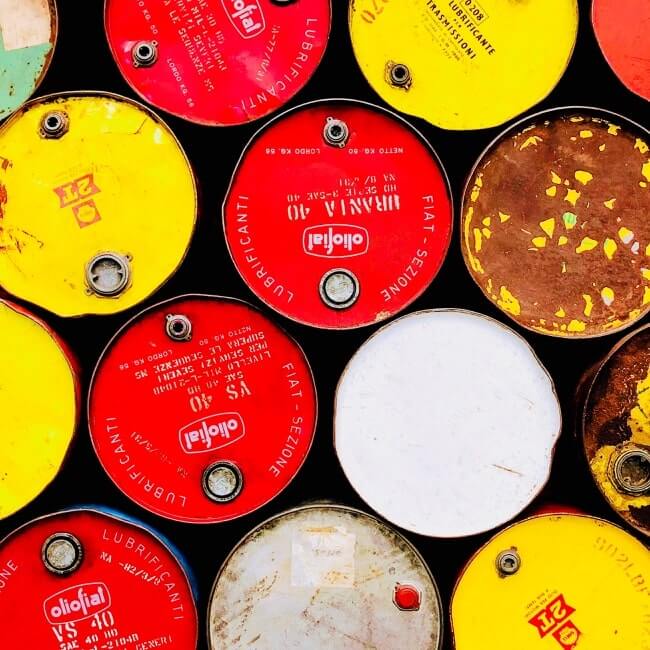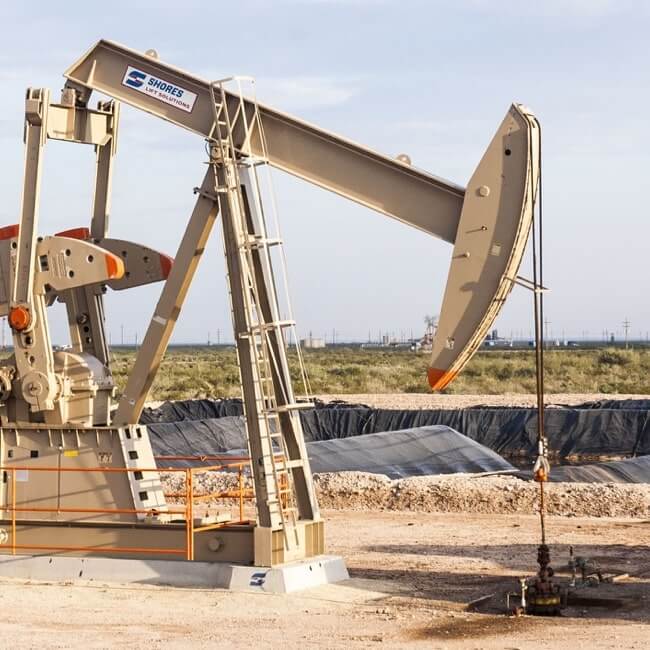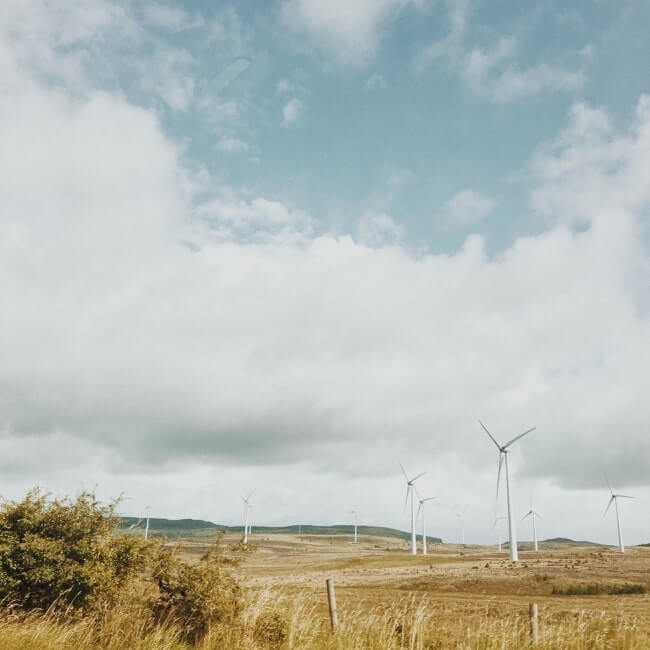As Chile’s hydrogen story unfolds, financing is poised to shift into spotlight

Hydrogen is one of the central topics that will be discussed at the RENMAD Chile 2023 conference, being held in Santiago on August 2-3.
With some 50 projects announced, Chile is well-positioned to ride the global green hydrogen wave thanks to its abundant world-class renewable energy resources – but other pieces of the jigsaw puzzle will need slotting into place, too.
Ahead of RENMAD, BNamericas, in collaboration with organizers ATA Insights, conducted an email interview with Asunción Borrás, head of hydrogen business development at power company Engie Chile.
Borrás is among the panelists at the event, which will also put energy storage under the spotlight.
In Chile, Engie has proposed supplying 3,200t/y green hydrogen to explosives manufacturer Enaex for green ammonia production. With planned electrolyzer capacity of 26MW, the Antofagasta region project, HyEx, was granted a US$9.5mn subsidy by state development agency Corfo for electrolyzer acquisition support and is due to enter service by end-2025.
Second phase work on HyEx, planned for sundrenched Antofagasta region, would involve installing 3GW of solar panels, 2GW of electrolyzer capacity, a hydrogen pipeline and associated industrial installations.
ALSO READ: Green hydrogen demand needs incentivizing in Chile, project trailblazer says
ALSO READ: Chile green hydrogen momentum building
BNamericas: The EU announced a 225mneuro (US$249mn) investment in green hydrogen in Chile. The IDB has also approved a US$400mn program for hydrogen in Chile. Why do you think green hydrogen is attractive to these institutions?
Borrás: At Engie we have a commitment both nationally and internationally to the development of the green hydrogen industry, which is essential for the decarbonization of the energy matrix.
In this sense, Chile has the foundations to be an important player in the world of renewable hydrogen: it has the best photovoltaic resource in the world, a wind resource, there is support and will from the State for the development of the industry, there is land, infrastructure, coast and ports to export hydrogen or its derivatives, there is an industry with high potential for local consumption – mining.
All of this is reflected in the pipeline of projects under development by relevant players in the energy sector.
Europe looks at Chile as a candidate for its imports of hydrogen/derivatives, given the competitiveness that production in Chile must achieve and the needs for diversification of the supply matrix that Europe should have to avoid situations that have been precedents with other energy sources.
If the projects follow their natural course, financing needs are just around the corner, which is why financial institutions and multilateral banks are already positioning themselves for the future of the industry, knowing that they must first offer more creative and facilitating mechanisms that help the first projects materialize. Funds or facilities such as those announced undoubtedly help this cause.
BNamericas: What are the main obstacles to the development of green hydrogen in Chile?
Borrás: There are two issues to be discussed: one, the need for local demand as a catalyst for exports; and two, the development times in Chile.
First, although the local market potential in Chile is not as great as the export potential, local demand can play a fundamental role as a catalyst for the materialization of export projects. Before completing gigawatt-scale projects, it is necessary to have more medium-scale projects with which to hone the learning curve, and local demand is what can make this type of first project possible.
Second, development times must be taken into account, particularly those derived from environmental and sectoral permits. The development of gigawatt-scale projects involves at least three or four years, mainly derived from obtaining the environmental license and sectoral permits, to which is added the rest of the activities that must be carried out in parallel.
For example, it often happens that the engineering with which the project entered the environmental assessment system undergoes modifications as a result of the technological advances obtained during permit processing.
BNamericas: What needs to happen to reach the goal of producing green hydrogen at US$1.50/kg, the 2030 target in Chile’s hydrogen strategy?
Borrás: As I mentioned before, Chile has the fundamentals to be an important player in the hydrogen and its derivatives market, and the production of these, given the fundamentals, will be in the best ranges of competitiveness worldwide, similar to the Middle East.
Chile must aspire to be in a competitive range that allows the development of the industry and allows it to have a place in the international market, without leaving the figure of US$1.50/kg written in stone as the sole and exclusive goal. The development of the industry will mark the range to reach to ensure Chile's participation in the market.
RENMAD Chile 2023 is being held August 2-3 in Santiago. Click here for more details.
Subscribe to the leading business intelligence platform in Latin America with different tools for Providers, Contractors, Operators, Government, Legal, Financial and Insurance industries.
News in: Oil & Gas (Chile)

CAF, Olade partner to help unlock South America’s gas integration potential
South America is home to natural gas producers but also imports the fuel for distributors, the manufacturing sector and power plants.

FCAB launches South America's first hydrogen locomotive
Visitors were able to take a visual tour that connected the railroad's 136-year history with its innovative path towards a sustainable future.
Subscribe to Latin America’s most trusted business intelligence platform.
Other projects in: Oil & Gas (Chile)
Get critical information about thousands of Oil & Gas projects in Latin America: what stages they're in, capex, related companies, contacts and more.
- Project: Picuyo Sub-Block
- Current stage:

- Updated:
4 months ago
- Project: Cabo Negro carbon neutral fuel plant
- Current stage:

- Updated:
5 months ago
- Project: Vientos Magallánicos
- Current stage:

- Updated:
5 months ago
- Project: Illapa thermo plant
- Current stage:

- Updated:
5 months ago
- Project: LNG terminal Penco Lirquén (ex GNL Octopus)
- Current stage:

- Updated:
6 months ago
- Project: Manzano Block
- Current stage:

- Updated:
6 months ago
- Project: Block Coirón
- Current stage:

- Updated:
7 months ago
- Project: Block Tranquilo
- Current stage:

- Updated:
7 months ago
- Project: Block Caupolicán
- Current stage:

- Updated:
9 months ago
- Project: Block Isla Norte
- Current stage:

- Updated:
11 months ago
Other companies in: Oil & Gas (Chile)
Get critical information about thousands of Oil & Gas companies in Latin America: their projects, contacts, shareholders, related news and more.
- Company: GNL Mejillones S.A. (GNLM)
-
Chile-based Sociedad GNL Mejillones S.A. (GNLM) is a joint venture between state copper giant Codelco and French-Belgian energy company ENGIE, which have 37% and 63% stakes, res...
- Company: GNL Quintero S.A. (GNL Quintero)
-
Chile-based GNL Quintero S.A. manages the operations of the GNL Quintero gasification terminal, located in Valparaíso region (V) and which started commercial operations in 2009....
- Company: Gestión de Procesos Industriales (GPI)
-
GPI is a Chilean electric engineering company based in Concón. Operating mainly in the oil & gas sector, the company offers a number of services that include integration of cont...
- Company: BIOS Mining & Infrastructure (BIOS MI)
-
The description contained in this profile was taken directly from an official source and has not been edited or modified by BNamericas researchers, but may have been automatical...
- Company: Gasoducto GasAndes S.A. (GasAndes)
-
Gasoducto GasAndes S.A. is a Chilean company engaged in natural gas transportation. It operates a 463km natural gas pipeline between Argentina's Neuquen basin and Chilean capita...
- Company: Compañía de Servicios Industriales Ltda. (CSI Ltda.)
-
Chile's Compañía de Servicios Industriales Ltda. (CSI) is engaged in the administration, storage, distribution and trading of fuels and lubricants mainly for the mining industry...
- Company: GasValpo S.A. (GasValpo)
-
Chile-based GasValpo S.A. distributes natural gas to over 90,000 residential, commercial and industrial customers through a 1,500km network. In 2008 it took over distributor Ene...
- Company: Abastecedora de Combustibles S.A. (Abastible)
-
Chile-based Abastible S.A. is a subsidiary of fellow Chilean company Empresas Copec S.A. (98.4%). It distributes liquefied petroleum gas (LPG) to residential, commercial and ind...
- Company: SRK Consulting (Chile) S.A. (SRK Consulting Chile)
-
SRK Consulting (Chile) S.A. is a subsidiary of the South African consulting company SRK Consulting (Global) Limited (50%). It was constituted in 1994 to offer advice to mining a...



